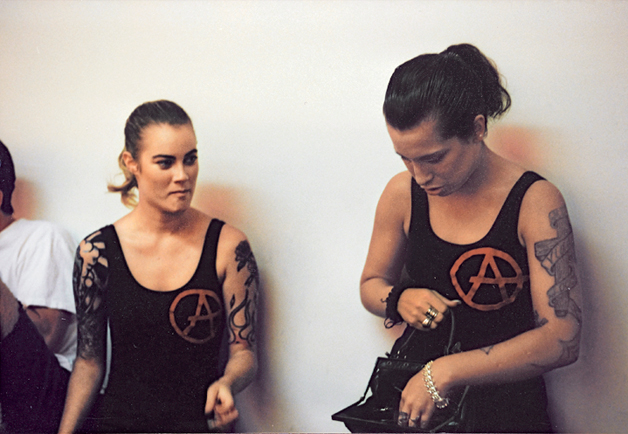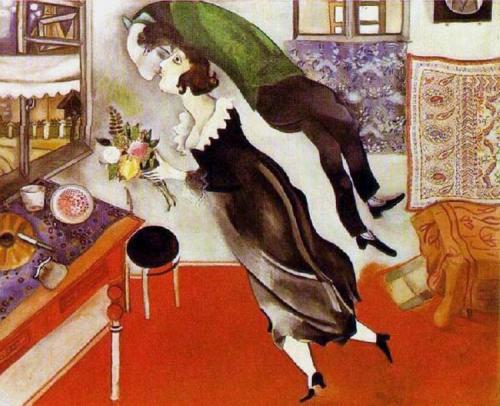Frye may have written more extensively on Stevens than any other 20th century poet, except for Yeats and Eliot. Unlike the other two, however, Stevens certainly seemed to be a strongly personal favorite: not just a canonical figure a scholar would have to deal with, but a poet to be read for pleasure.
Cayley: Another poet about whom you’ve written a good deal is Wallace Stevens. Was he someone who challenged you in some way?
Frye: When I was sixteen working in the Moncton public library, I used to pore over Untermeyer’s anthologies of modern American poets, and all there was of Stevens at the time was Harmonium, but that fascinated me. That had some of the same qualities that Eliot had, even though it was a very different kind of poetry. I found that Stevens was somebody who held up, whereas so many of the others, like the imagists, just dropped out of my sight. I didn’t cease to read them for pleasure, but Wallace Stevens remained something very central. Once the Collected Poems came out, I decided I had to write an essay on Stevens.
Cayley: Was that “The Realistic Oriole”?
Frye: Yes. I find myself quoting Stevens very frequently, so frequently that when The Great Code came out, the people who interviewed me by telephone from Sydney, Australia, wanted to know why the hell I’d put so much Wallace Stevens in, and I couldn’t tell them why, except that he just seemed to fit what I had to say.
Cayley: The reason I asked whether he challenged you was because he seems to me that some of those famous phrases you quote from Stevens — “the weight of primary noon,” “the dominant X,” “one confides in what has no concealed creator” — have a sense of the independent existence of nature and the sense of the imperialism of the imagination and the necessity of there being a struggle with no winner. It seemed to me that this might have challenged your sense of nature’s finally being taken inside the enlightened imagination.
Frye: Well, it was inside in him, too. Description without Place tells you don’t live in a natural environment at all. You live in a coating, the husk of human culture or civilization, and you take nature in through that.
Cayley: So there’s nothing in Stevens that necessarily challenged your view, although it may have extended it or given it a language?
Frye: It extended it, yes. It didn’t set up anything I could not very easily come to terms with.
Cayley: I think of Stevens as an atheist.
Frye: I think of Stevens as a Protestant. I know he turned Catholic on his death bed, but people do funny things on their death beds.
Cayley: A nature with “no concealed author,” the earth as “all of paradise that we shall know,” the idea of a “supreme fiction” — I suppose that as a young man reading Stevens lines like these suggested atheism to me.
Frye: He says “in the new world all men are priests,” and I think that he had a sense of man assigned to recreate the universe, just as Blake had. His attitude toward God was very like Emily Dickinson’s, who didn’t want to repudiate her faith but wanted to fight with it.
Cayley: What about the view of nature as uncreated?
Frye: I think he disliked the thought of God as an artist, because again that writes off the human artist.
Cayley: I know nothing about Stevens personally except that he worked in insurance, and obviously my knowledge of this poetry is sketchy too. Was he in fact a religious man in his own way?
Frye: Oh, I think so, yes. Look at what he says about Easter in Adagia in Opus Posthumous. He doesn’t very often commit himself to a religious statement, but it’s there, all right. (CW 24, 963-5)


